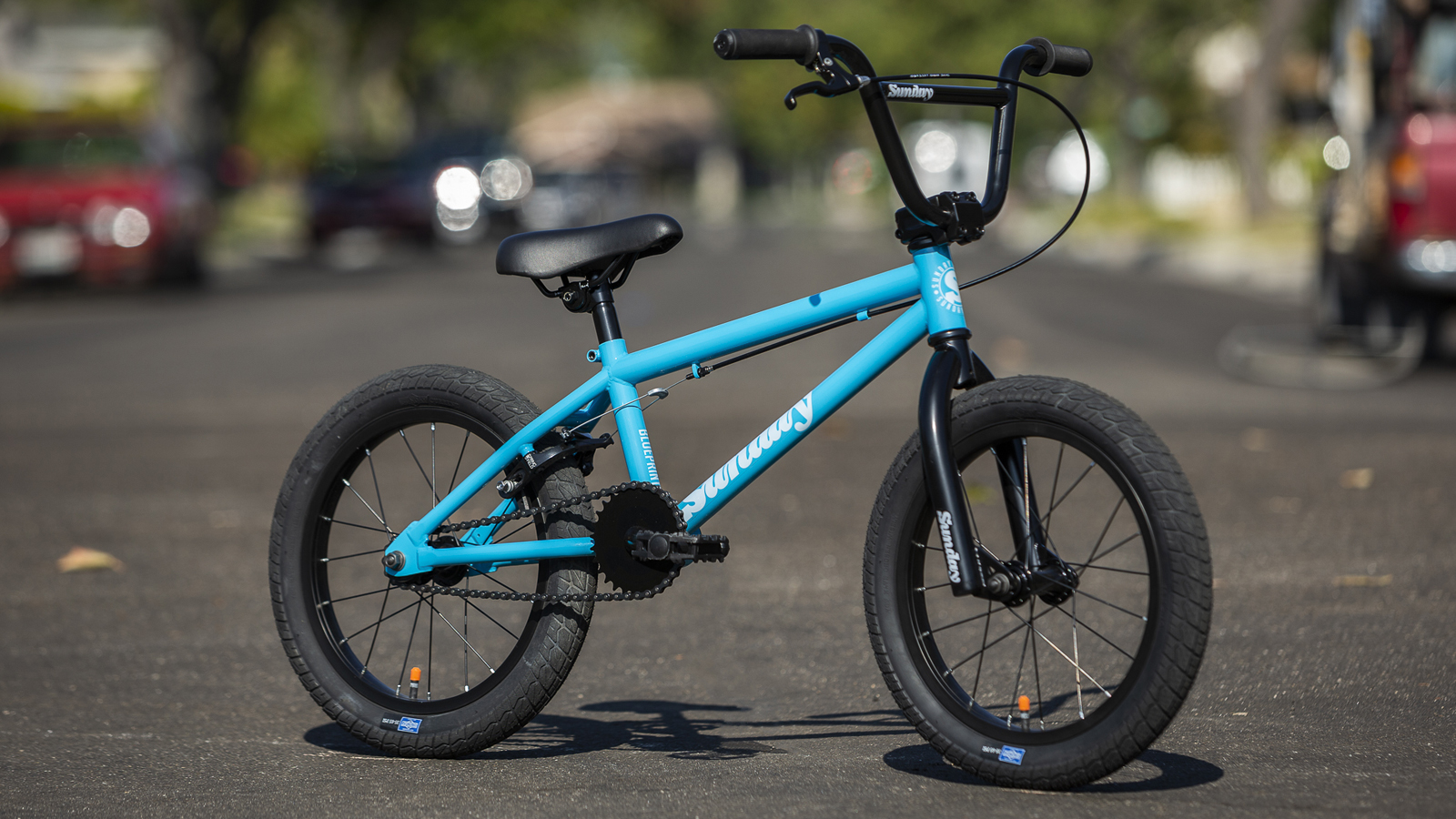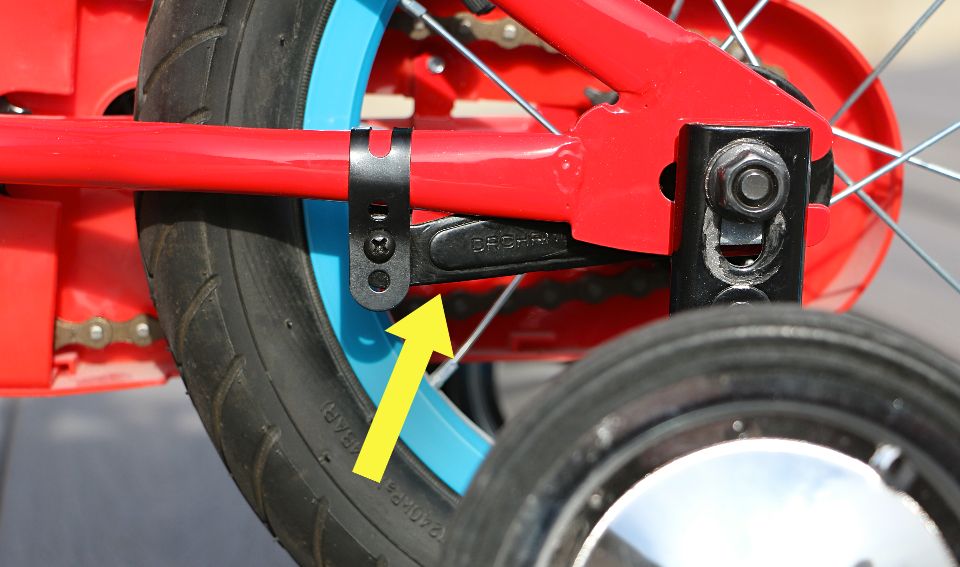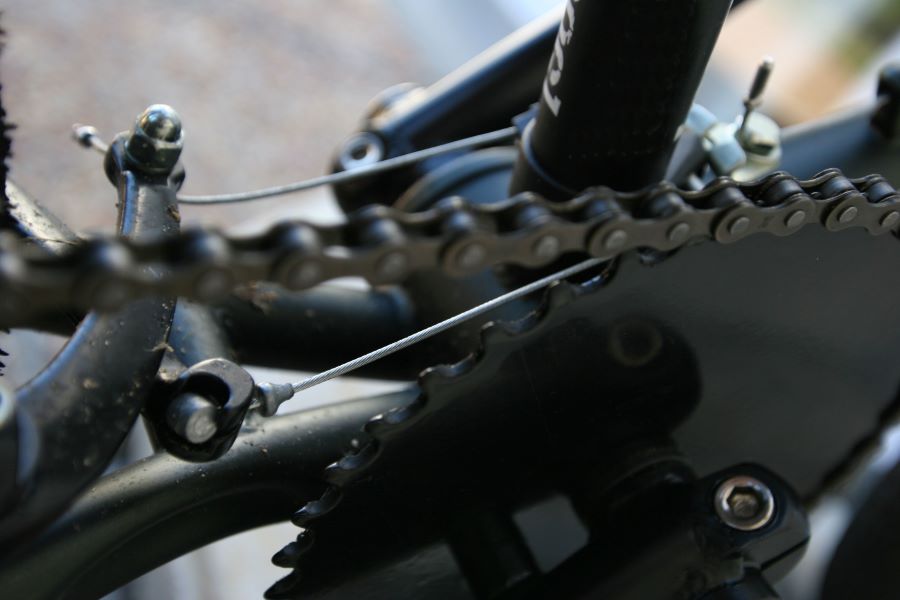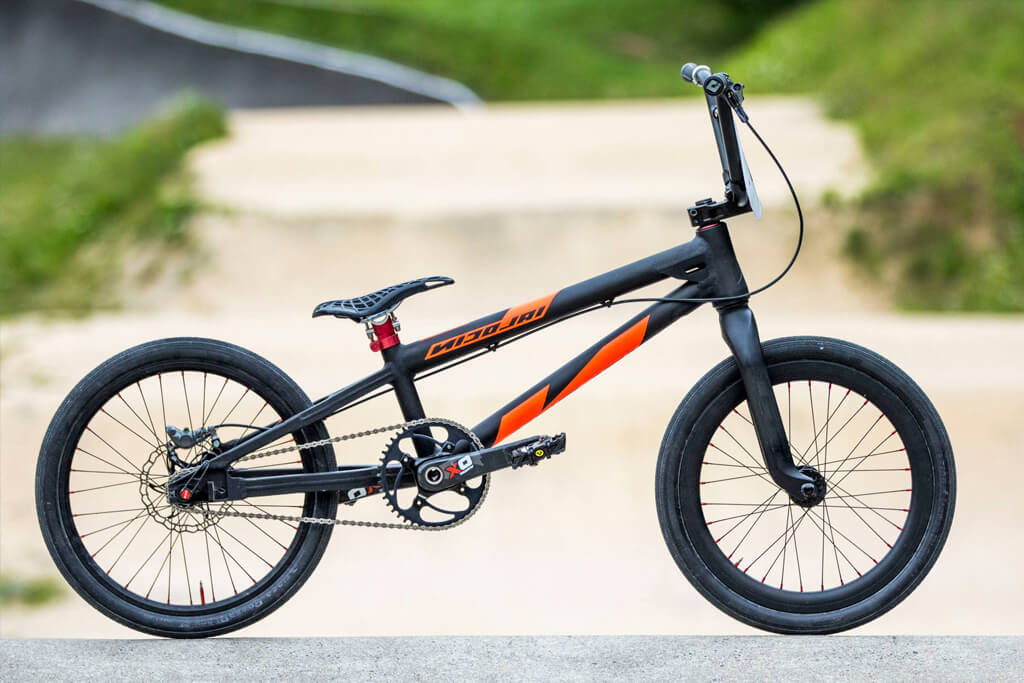Have you ever wondered if BMX bikes have brakes or not? This question can be confusing for some, especially if you’re new to BMX. In this article, I’ll cover everything you need to know about BMX bike brakes- including their different types, how they work, and whether or not you need them for your riding style. So let’s dive in!

1. Yes, BMX Bikes Have Brakes
As previously discussed, the idea that BMX bikes do not have brakes is simply a myth. Almost all BMX bikes come equipped with brakes as a legal requirement in most areas for bicycles to have at least one functioning brake.
While some freestyle riders may choose to remove their brakes to perform tricks without the brake cables getting in the way, it’s important to remember that brakes are the primary safety feature of any bicycle. Different types of brakes can be used on BMX bikes, including pedal or coaster brakes, mechanical or hydraulic disc brakes, and rim brakes.
As a rider, it’s important to consider whether one or two brakes are better for your riding style and to ensure that your bike meets the legal requirements for brakes in your country.

Don’t Believe the Myth
As discussed in previous sections, BMX riders often remove their brakes to execute daring tricks and maneuvers without interference. However, it’s important to dispel the myth that all BMX bikes are brakeless.
Most BMX bikes come equipped with at least one brake, typically located on the rear wheel. While some riders prefer the challenge of riding brakeless, it’s important to remember that brakes are a critical safety feature that can prevent accidents and injuries.
So, don’t believe the myth – brakes are often an essential component, not an afterthought, when it comes to BMX bikes.

2. Different Types of Brakes Used on BMX Bikes
As I mentioned earlier, BMX bikes come with brakes, but the type of brake can vary. The most common types that you’ll see on BMX bikes are V-brakes, U-brakes, and coaster brakes. V-brakes and U-brakes are controlled by a hand lever on the handlebar and are commonly used on BMX racing bikes.
Coaster brakes, on the other hand, are pedal brakes that are typically found on older or more budget-friendly BMX bikes. Another type of brake on BMX bikes is the caliper-style brake, similar to those on traditional road bikes. No matter what type of brake your BMX bike has, it is important to ensure they are properly maintained and functioning to ensure a safe and enjoyable ride.

3. Freestyle Riders and their Preference for Removing Brakes
Many freestyle BMX riders prefer to remove their brakes so they can more easily perform tricks and stunts without the interruption of brake cables.
However, this preference does not negate the importance of brakes on a BMX bike. As we discussed earlier, braking riding can improve safety and control, especially in racing or other high-speed situations. For many riders, the decision to remove brakes is a personal one based on their riding style and preferences.
Some may ride with only one brake or even keep both brakes installed. Ultimately, it is up to each rider to weigh the pros and cons and make the best decision for their needs. Regardless of the decision, it is important to understand that all new BMX bikes come with brakes and that removing them can have consequences for both the rider and others sharing the road or park.

4. Safety First: The Importance of Brakes on a BMX Bike
As a BMX rider, safety is always my top priority when riding my bike. And that’s why I always emphasize the importance of having brakes on a BMX bike. Not only is it a legal requirement in most countries, but it’s also necessary for controlling speed and stopping quickly in emergencies.
As we’ve discussed, different brakes can be used on a BMX bike, and some freestyle riders prefer to remove their brakes altogether. However, I strongly believe brakes are essential for all types of BMX riding, whether racing, freestyle, or cruising around.
Remember, accidents can happen at any moment, and having brakes can make all the difference in avoiding a serious injury. So, don’t take any risks – always make sure your BMX bike is equipped with at least one reliable brake.

5. One vs. Two Brakes: Which is Better for BMX Riding?
Speaking from my experience as a BMX rider, I would say that the number of brakes on a BMX bike depends on the individual rider’s style and preferences. While some riders prefer the simplicity of just one rear brake, others opt for the added safety of having both front and rear brakes.
Freestyle riders who focus on performing tricks and stunts often choose to remove their brakes altogether, while racers tend to stick with the traditional two-brake setup. Ultimately, it comes down to what feels most comfortable and safe for the rider and their riding style. That being said, it’s important to prioritize safety and ensure brakes are functioning properly before hitting the track or street.

6. Coaster Brakes on BMX Bikes: Old-fashioned or Still Relevant?
As I mentioned earlier, some BMX bikes have coaster brakes. While they may seem old-fashioned, they can still be relevant for certain types of riding. Coaster brakes are great for flatland freestyle riders who prefer not to have hand brakes in their way when doing tricks.
Additionally, coaster brakes can provide simplicity and durability that appeal to many BMX riders. However, it is important to note that coaster brakes do have limitations. They are less effective than hand brakes for quick stops or downhill riding. As with any braking system, it is important to consider the specific needs of your riding style and adjust accordingly.

7. Legal Requirements for Brakes on Bicycles in Various Countries
As a BMX rider, knowing the legal requirements for brakes on bicycles in different countries is important. In most countries, having at least one brake on a bike is required. This ensures the rider’s safety and that others share the road or path. Racing BMX bikes must have a rear brake as a safety precaution and a necessity for racing.
However, some freestyle riders like to remove their brakes for certain tricks and maneuverability. While this is a preference, it’s important to consider the legalities and safety implications of riding brakeless. As a responsible rider, it’s important to abide by the legal requirements and ensure brakes are installed and functioning properly on your BMX bike. Safety should always come first.

8. To Brake or Not to Brake: Pros and Cons of Riding Brakeless
As mentioned, riding a BMX bike without brakes has become increasingly popular, especially among freestyle riders. However, it’s important to weigh the pros and cons before deciding. One major advantage of riding brakeless is the reduced weight of the bike, as there are no brakes or cables to add bulk.
Additionally, you don’t have to worry about a gyro or detangler, which can be complicated to set up and maintain. On the other hand, not having brakes means you won’t be able to stop as easily or quickly, which can be dangerous in certain situations. It also means that you won’t be able to do some tricks that require using the brakes, such as fakies or nose manuals.
I think it’s important to prioritize safety above all else and choose the best option for your riding style and skill level.

9. Gyro/Detangler: How This Component Helps Freestyle BMX Riders
As a Freestyle BMX rider, I understand the importance of my bike’s gyro/detangler component. It allows me to perform complex spinning tricks without getting tangled up in my brake cables. This translates to smoother and more efficient movements on my bike, giving me greater control and confidence in my riding.
Without a gyro/detangler, riders may remove their brakes entirely or limit their trick repertoire, which can compromise safety and stunt progression. While it may take some time, I highly recommend incorporating this component into your Freestyle BMX setup for optimal performance and creativity.

10. Removing Brakes on BMX Bikes: Tips and Tricks
As I mentioned, some freestyle BMX riders remove their brakes for better maneuverability while executing tricks. However, it’s important to note that doing so can compromise the safety, especially for beginners. If you decide to remove your brakes, there are some tips and tricks to remember.
First, ensure your tires have the correct pressure for better skid and stop control. You can also use the pedal pressure to slow down or stop, which requires practice and skill. Also, mastering balance can help you stop your bike without relying on brakes. As fun as it may be, always prioritize safety on your BMX bike- it’s not worth putting yourself or others in danger to show off some tricks.

Do all BMX bikes have brakes?
As mentioned in this blog, all BMX bikes have at least one brake. It is illegal in most countries to sell bikes without any brakes. However, some freestyle riders may remove their brakes to perform certain tricks. Additionally, some rare cases are when BMX bikes are equipped with only a front brake or even no brakes.
But these are exceptions rather than the norm. For the average BMX rider, braking is essential for maintaining control and ensuring riding safety. So, to answer the question: Yes, all BMX bikes do come with brakes, but it varies based on the rider’s preferences on whether they choose to use them or not.

How do you stop a BMX bike?
Stopping a BMX bike can be tricky, especially if riding without brakes. While backpedaling and forward pedaling can help you come to a halt, it’s not always the most effective method. Another option is to pop your front tire just long enough to reverse-stop, but this can take some practice. If you have brakes, the process is much simpler – squeeze the brake lever, and the bike will slow down. However, you’ll have to rely on your shoe treads when riding without brakes.
You can press down on the rear tire with your foot (or the front tire if that’s all you have), but be careful not to lock up the tire and skid. It’s important to remember that while brakes may not be necessary for performing tricks, they are a crucial safety feature on any bike. So, whether you ride with or without brakes, always prioritize safety on your BMX adventures.

Can you put brakes on a BMX?
As a professional in the world of BMX riding, I am often asked whether it’s possible to add brakes to a BMX bike. The answer is yes, you can put brakes on a BMX bike. Most BMX bikes come pre-equipped with at least one brake. However, some freestyle riders prefer to remove their brakes altogether so they can perform tricks without the hindrance of brake cables.
But for those who value safety and want to be able to stop their bike promptly, adding brakes is a must. Installing brakes is typically a straightforward process that a bike mechanic or an experienced rider can do. Just research and purchase a compatible brake system that will work with your particular type of BMX bike.

Summary
In summary, it is a common misconception that all BMX bikes do not have brakes. Most BMX bikes come equipped with at least one brake, and some even have front and rear brakes. While some freestyle riders may prefer to remove their brakes for certain tricks, it is important to remember that brakes are a necessary safety feature on a BMX bike.
Different brakes are available, including U-brakes, V-brakes, and caliper-style brakes, each with advantages. Ultimately, the decision to ride with one or two brakes is up to the individual rider, but it is important to prioritize safety when making that choice.
Regardless of brake preference, knowing the legal requirements for brakes on bicycles in different countries is important. Additionally, components like the gyro/detangler can be helpful for freestyle riders wanting to perform certain tricks without brake cables getting in the way.